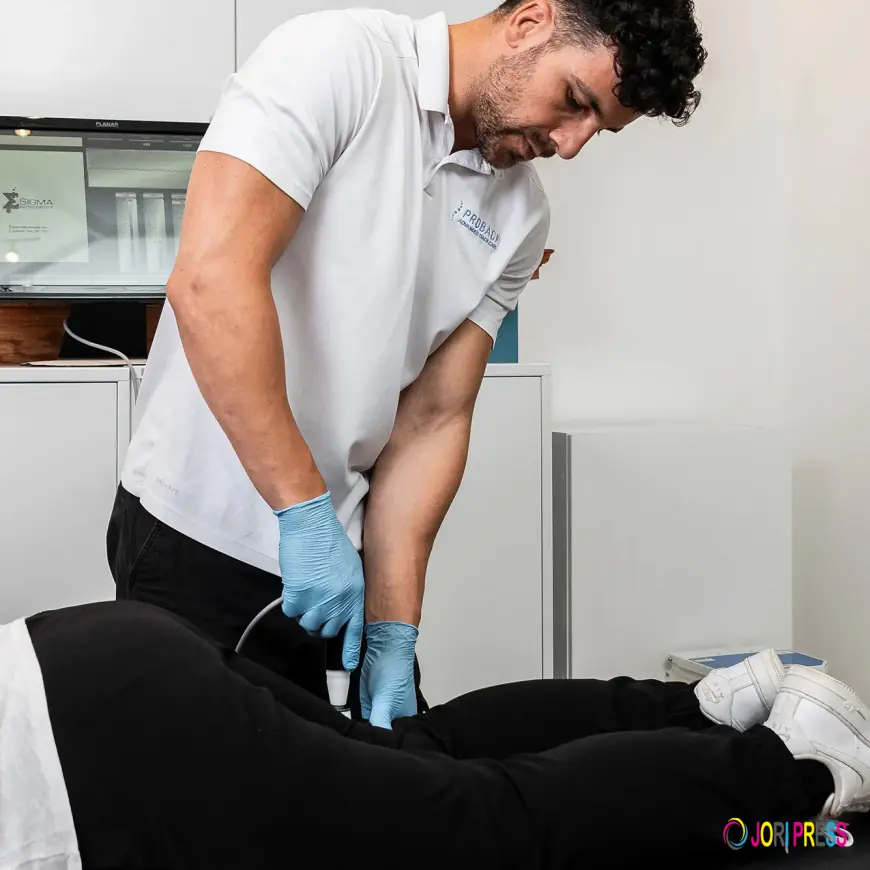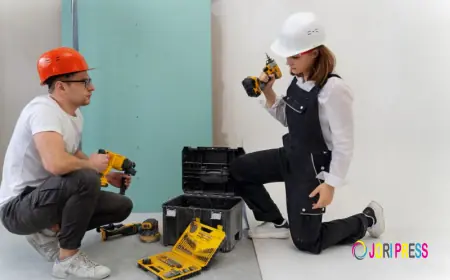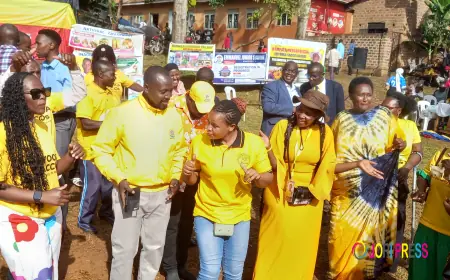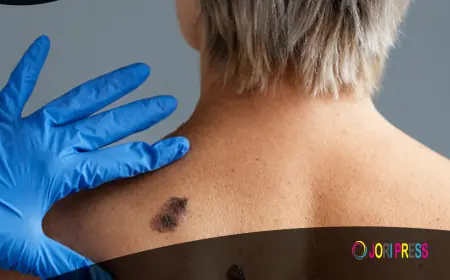Understanding Knee Pain: Causes, Symptoms, & Treatment Options
The knee is one of the most complex and regularly used joints in the human body. It bears the weight of our torso, allows us to walk, run, squat, jump—and even small daily motions like climbing stairs or getting up from a chair can put considerable stress on it. Because of this, knee pain is one of the most common complaints seen in clinic settings. Understanding what causes knee pain, how it presents, and what options exist for relief can help sufferers find the right path toward recovery.

The knee is one of the most complex and regularly used joints in the human body. It bears the weight of our torso, allows us to walk, run, squat, jump—and even small daily motions like climbing stairs or getting up from a chair can put considerable stress on it. Because of this, knee pain is one of the most common complaints seen in clinic settings. Understanding what causes knee pain, how it presents, and what options exist for relief can help sufferers find the right path toward recovery.
What Is Knee Pain?
Knee pain refers to any discomfort, ache, or instability in or around the knee joint. It can be sharp or dull, constant or intermittent. Sometimes it is associated with swelling, stiffness, a clicking or grinding sound, or an inability to fully bear weight on the leg. The nature of the pain often gives clues to its underlying cause.
Common Causes of Knee Pain
There are many possible sources of knee pain. Some are acute (sudden injury), others chronic (wear and tear), and sometimes knee pain is secondary, meaning another joint or structure (hip, ankle, spine) is contributing to abnormal stresses. Below are several common culprits:
| Cause | How it Happens | Typical Features |
|---|---|---|
| Ligament Damage (e.g. ACL, MCL, PCL, LCL) | Sudden twist, collision, landing awkwardly | Sharp pain, swelling, instability (“giving way”), difficulty putting weight on the knee. |
| Meniscus Tear | Twisting the knee while bearing weight, or degeneration over time | Pain especially when twisting or rotating the knee, swelling, sometimes a “crunching” or “locking” sensation. |
| Tendinitis (Tendon Inflammation) | Repeated overuse—jumping, running, stair climbing | Pain around tendon regions (often patellar tendon), worse with activity, swelling, trouble bending. |
| Knee Bursitis | Irritation of a bursa sac (fluid-filled cushion) that reduces friction | Local swelling, hotness, tenderness, pain with movement. |
| Patellofemoral Pain Syndrome (‘Runner’s Knee’) | Overuse, imbalance in muscles, misalignment, repetitive stress | Pain around or behind kneecap, worse when kneeling, going down stairs or sitting with bent knees. |
| Fracture | Trauma—falls, impact, high force | Severe pain, swelling, bruising, difficulty moving or bearing weight, often after an accident. |
| Osteoarthritis | Age-related wear & tear; cartilage thinning; sometimes obesity or previous injuries contribute | Chronic pain, stiffness (especially after resting), crepitus (crunching or clicking), reduced motion. |
Symptoms to Watch For
Because the knee is such a central joint, it can show a variety of symptoms depending on which structure is affected. Here are the most common:
-
Swelling around the knee or over specific structures (e.g. inside, outside, behind the knee
-
Stiffness—difficulty bending or straightening the knee fully
-
Instability or a feeling the knee might give way or buckle
-
Pain when putting weight on the knee, especially during movement (walking, stair climbing, squatting)
-
Clicking, cracking, or crunching sounds (known as crepitus) during movement
-
Warmth or redness in acute injuries or inflammatory causes (such as bursitis or tendonitis)
If any of these symptoms are accompanied by severe pain, inability to bear weight, visible deformity, or fever, medical evaluation is strongly advised.
Diagnosing Knee Pain
Identifying the precise cause of knee pain usually starts with a clinical assessment:
-
History Taking – When did the pain start? Was it sudden or gradual? What activity was happening? Any preceding trauma? What makes it better or worse?
-
Physical Exam – Inspecting swelling, bruising; testing for tenderness; checking range of motion; assessing stability of ligaments; testing for joint alignment or locking.
-
Imaging Tests – Depending on suspicion:
-
X-rays help assess bone, joint space (used in osteoarthritis, fractures).
-
MRI is useful for soft tissue injuries (ligaments, menisci, tendons).
-
Ultrasound sometimes helps for tendon issues or fluid collections (bursitis).
-
-
Other Tests – Occasionally blood work if inflammation, infection or systemic disease is suspected.
Treatment Options
Once diagnosis is established, treatment pathways may vary depending on severity, patient health, lifestyle, and other factors. Treatments may be non-surgical or surgical. Early intervention usually leads to better outcomes.
Non-Surgical / Conservative Management
-
Rest, Ice, Compression, Elevation (RICE) – Particularly after injury to reduce swelling and pain.
-
Medications – Non-steroidal anti-inflammatory drugs (NSAIDs) to reduce pain & inflammation; sometimes short courses of analgesics.
-
Physiotherapy – Core to almost every treatment plan: strengthening surrounding muscles (quadriceps, hamstrings, calf), improving flexibility, correcting gait or movement patterns, balance training.
-
Assistive Devices – Bracing, taping, orthotics, or even walking aids for severe pain or instability.
-
Therapies – Specialized treatments like laser therapy, shockwave therapy, or injections (depending on the clinic and evidence) can help in certain cases. For example, ProBack mentions K-Laser therapy for inflammation, prolotherapy or Prolozone therapy for ligament support and cartilage nourishment.
Surgical Options
Reserved generally for severe or unresponsive cases:
-
Repair or reconstruction of torn ligaments.
-
Meniscus surgery (repair vs trimming).
-
Knee replacement (partial or total) for advanced osteoarthritis or when conservative treatments have failed.
-
Other procedures like cartilage repair or grafting, realigning bones (osteotomy), etc.
Prevention & Long-Term Management
Preventing knee pain, or stopping it from recurring, involves maintaining joint health through ongoing care, even after pain improves:
-
Maintain a healthy weight: Extra weight increases load on knees, accelerating wear.
-
Regular exercise: Low-impact cardiovascular work (swimming, cycling), strength training, flexibility and balance.
-
Proper technique: During sports, lifting, or other activities. Using correct posture, avoiding sudden excessive twists.
-
Footwear: Shoes with good support can reduce abnormal stresses up the chain (ankle → knee → hip).
-
Listen to your body: Don’t push through pain. Modify activities if swelling or soreness starts. Early rest and care often prevent worse injury.
Treatment Approach at ProBack
ProBack’s approach to knee pain emphasizes first identifying the underlying cause through examination and diagnostic tests. Then, treatment is tailored:
-
For swelling and inflammation, K-Laser therapy is used to stimulate healing by increasing blood flow and reducing inflammation.
-
Prolotherapy and Prolozone therapies are used for issues with ligaments, joint stability, or cartilage nourishment. Prolotherapy involves injections (often with dextrose solutions) to stimulate repair of ligaments and tendons; Prolozone can help rejuvenate cartilage and synovial fluid.
-
For stiffness or scar tissue, radial shockwave therapy can improve joint movement and reduce pain.
Through a combination of therapies, ProBack aims not just to relieve pain but also to restore function, prevent recurrence, and address biomechanical causes that contribute to strain or injury.
When to Seek Help
You should consider consulting a healthcare professional (physician, physiotherapist, orthopaedic specialist) if:
-
Pain is severe or sudden (especially after injury or fall)
-
You can’t bear weight or move the knee fully
-
Persistent swelling, redness, or signs of infection
-
Pain persists beyond a few weeks despite rest and self-care
-
You hear or feel locking, popping, or catching sensations regularly
-
Pain is interfering with daily life—walking, stairs, sleep
Early diagnosis often leads to better outcomes. Sometimes delaying treatment allows minor injuries to worsen, or chronic conditions to progress.
Summary
Knee pain is a widespread issue with many possible causes—injuries to ligaments or cartilage, overuse, degeneration, or a combination of factors. Symptoms vary and often include swelling, stiffness, pain with movement, or instability. Accurate diagnosis (history, exam, imaging) is essential to choosing a treatment path. Many cases can be effectively treated without surgery using therapies, physiotherapy, lifestyle changes, and specialized treatments. For more advanced or unresponsive cases, surgical intervention may be needed. Preventative measures and early care are key to reducing recurrence and maintaining knee health.
Takeaway
If you’re experiencing knee pain, you don’t have to accept it as an inevitable part of aging or activity. Understanding what’s going on, taking appropriate steps early, and getting expert input when needed can make a big difference. Whether the pain is mild or more severe, there are proven ways to reduce it, heal underlying structures, and help you get back to the movements and activities you enjoy.
What's Your Reaction?
 Like
0
Like
0
 Dislike
0
Dislike
0
 Love
0
Love
0
 Funny
0
Funny
0
 Angry
0
Angry
0
 Sad
0
Sad
0
 Wow
0
Wow
0

















































